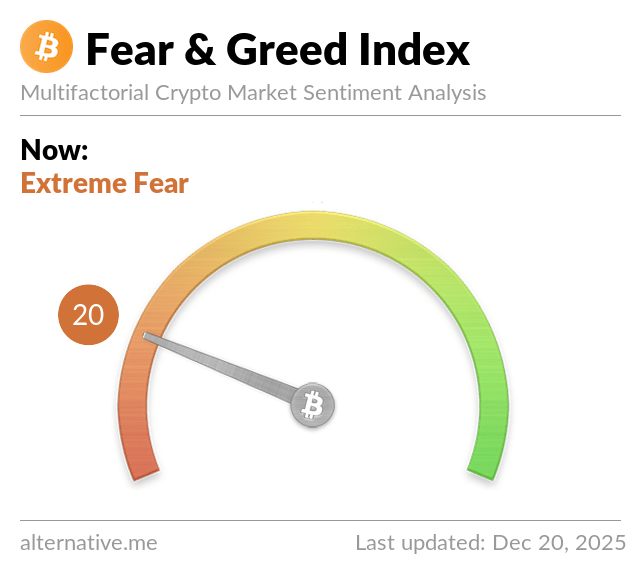The European Central Bank (ECB) is gearing up for the potential launch of its digital currency, the Digital Euro, which will cater to both wholesale and retail transactions. ECB President Christine Lagarde announced this development at a recent press conference, stating that the Digital Euro is more relevant than ever in the current economic landscape.
The Digital Euro is scheduled to be launched in October 2025, subject to approval from key stakeholders such as the European Commission, Parliament, and Council. However, there is a notable absence of input from the European public in this decision-making process, despite the significant impact that the Digital Euro will have on their daily financial transactions.
One of the driving forces behind the urgency to launch the Digital Euro could be linked to Ursula von der Leyen’s recent announcement of “ReArm Europe,” a plan that requires substantial funding estimated at €800 billion. This funding could potentially be sourced through the issuance of the Digital Euro, providing the EU with the financial means to support its defense initiatives.
Furthermore, the EU’s introduction of the “Savings and Investments Union” aims to divert €10 trillion in unused savings from citizens to finance military growth, raising concerns about potential violations of private property rights and the confiscation of wealth without the consent of European citizens.
In response to the growing adoption of decentralized global protocols like Bitcoin and the emergence of stablecoins, the ECB is emphasizing the need for the Digital Euro to reduce the EU’s dependence on foreign payment solutions. The ECB is wary of the U.S.’s embrace of cryptocurrencies and stablecoins, viewing them as a potential threat to centralized control.
A recent survey conducted by the ECB revealed that most Europeans are not interested in adopting the Digital Euro, as they are content with existing payment methods. However, the ECB is exploring strategies to increase public acceptance through educational videos and reshaping consumer beliefs about the benefits of the Digital Euro.
On the wholesale front, the EU is experimenting with distributed ledger technology (DLT) to interconnect financial institutions across Europe and beyond, with the aim of settling transactions in central bank money. The ECB portrays the Digital Euro as a form of “digital cash,” emphasizing its role as a secure and convenient payment method.
Despite public disinterest in the Digital Euro, central banks are likely to forge ahead with its implementation, integrating it into existing payment systems and consumer apps to drive adoption. This approach mirrors China’s success with the e-CNY retail CBDC, highlighting the potential for widespread adoption through technological integration.
As central banks continue to push forward with CBDC implementations, it is essential to closely monitor their strategies and initiatives in the evolving digital currency landscape.











